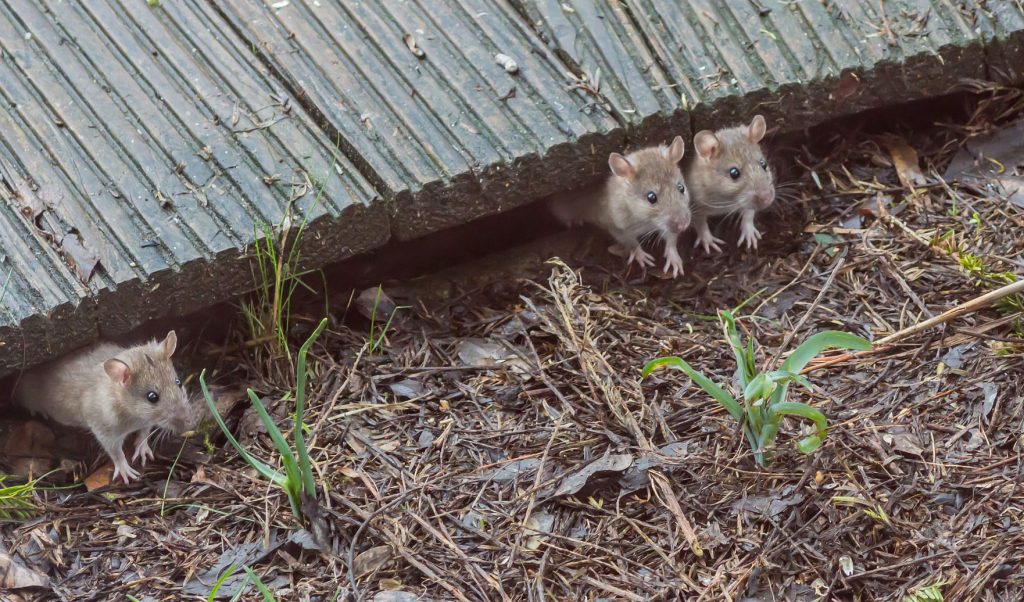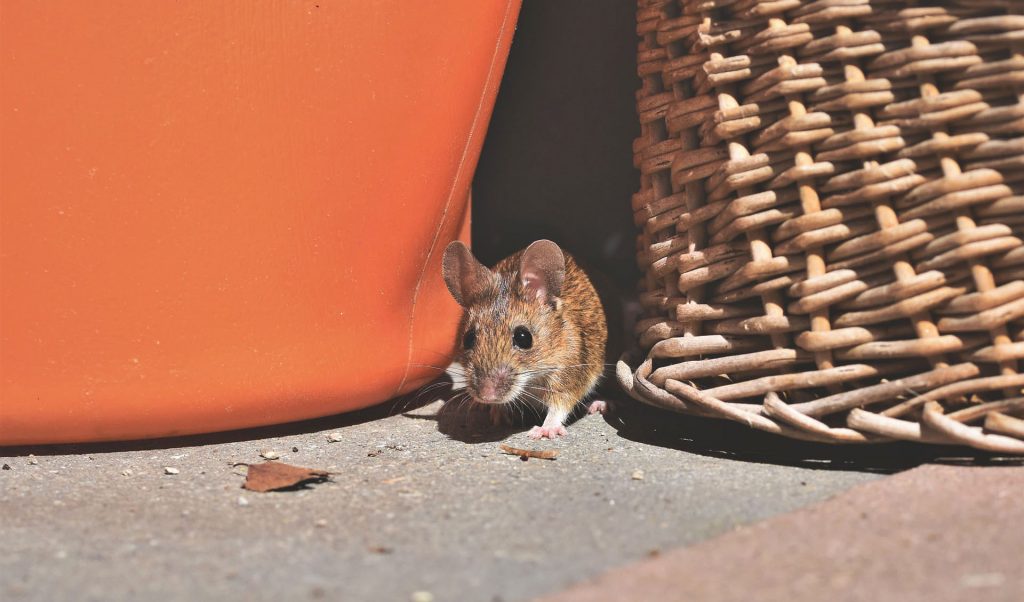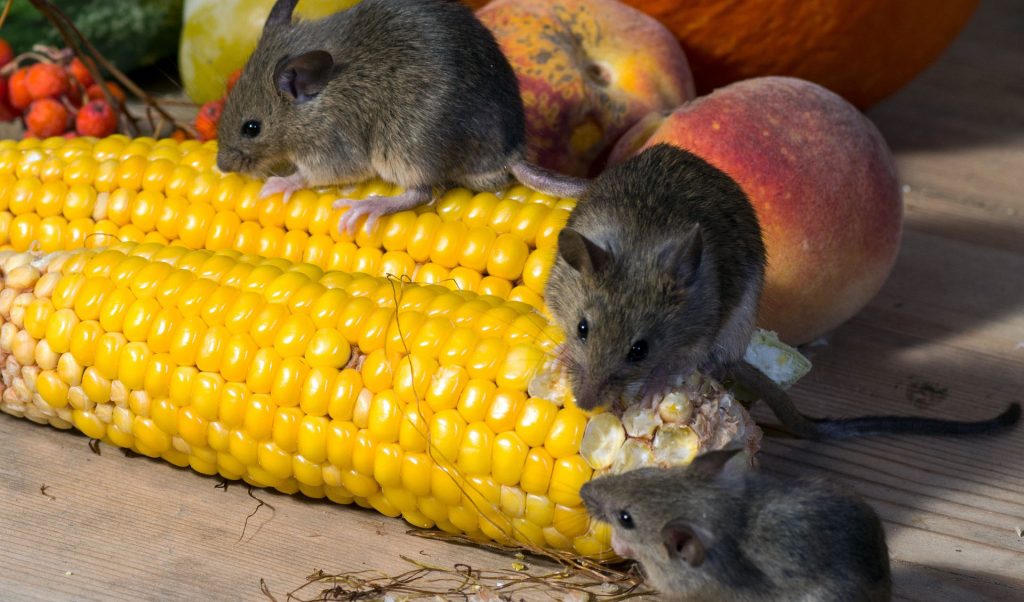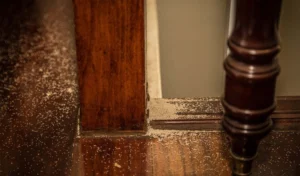The earliest history of mice and human dates back about 15,000 years ago. For long period of time, their existence has a huge impact on many aspects of our life and many industries. They eat a very wide range of food. Besides the food in common sense, a variety of household facilities can be their food or objects to destruct. Especially when they invade our lives, they can be surprisingly destructive. In addition to causing a waste of food, they even do not spare the outer skin of the wire. These actions can be hazardous to the normal operation of the equipment. What’s more, mice carry a variety of diseases or allergens that can be transmitted to human beings. They contaminate our food mainly through their urine and feces, and thus infect us with a variety of diseases.

Common Mice and Diseases in the United States
In the United States, common mice are the house mice and the white-footed mice. White-footed mice are also known as the deer mouse. Their urine and feces have been found to contain a variety of viruses or bacteria in research, including hantavirus, Lyme disease and salmonella. Hantavirus is mainly carried by white-footed mice. The problem brought by this the virus, which is prevalent mainly in the arid south-west area, is pulmonary edema and acute respiratory failure in infected people. It can lead to death of the patients in a short period of time. Lyme disease is a bacterial infected disease that will cause symptoms such as fever, headache and tiredness. In severe cases, it can cause facial paralysis, arthritis and heart palpitations. Salmonellosis is a disease caused by salmonella that infects young foxes and birds, resulting in a high animal fatality rate.
Precaution Measures
For mouse activity at home, it is recommended to take action at the first sign of a mouse. Start taking action when their colony is still small before mass production. Paying attention to early signs of mouse infestation will be a good help for effective home mouse control campaign. If you hear noise inside the walls or from the furniture at night, they might be caused by mouse activity. Some corners of the home should be inspected for signs of mouse activity, such as their feces, chewing marks, etc. Also, if you sense some hyperactivity sign in your pets at home, this is possibly another sign of mouse activity.

Eliminate Food Supply and Entry Spots
When food is mentioned, eliminating food supply is an important measure of mouse control. Mice eat both human and pet’s food. So, make sure all the food is properly sealed so that there is no possibility for any mice to eat. Remember to clean kitchen countertops and floors to avoid potential food debris left. Don’t forget that the trash can is a favorite feeding spot for mice, so make sure it’s well sealed too. Also, make sure that all possible entry spots, crevices and holes in your home are sealed to lower the mouse entry possibility to your home.
Measures
When it comes to dealing with mice, some people may think of using mouse baits. For this, our opinion is that we should use it as less as possible. Serious troubles may be caused by the improper placement of mouse baits. It may cause severe consequence if it is accidentally found by no matter your pets or, more importantly, your kids. Therefore, rather than mouse baits, it is strongly recommended to use other methods of mouse control products.
The mouse control products on our platform mainly include Plant Mouse Repellent Sprays and Sticky Mouse Boards. Our repellent sprays are organic. The product is made by adopting Australian technology, which is entirely of natural extractions. It makes use of mice’ sensitivity to certain odors to achieve highly effective expelling effect. It is a safe choice for both people and pets for better mouse control purpose. Our sticky mouse boards are made of high-quality superglue and thickened cardboards. The glue contains a scent attractive to mice, and thus increase the likelihood to capture mice.
Before the mouse repellent sprays and sticky mouse boards are used, the movement route and feeding spots of mice should be observed first. The accurate placement of mouse repellent sprays and sticky mouse boards will improve the possibility of repelling and capturing of the mice.

Dead Mice Disposal
For mice stuck by sticky mouse boards, it is recommended to treat them after they have died. It is important to emphasize that plastic or rubber gloves should always be worn when handling dead mice or any mouse-contaminated items. Also, be sure to put the dead mice into a plastic bag, and later put it into another plastic bag before thrown into the trash can. And don’t forget to wash your hands and gloves thoroughly with soap after the dead mice are disposed of.



